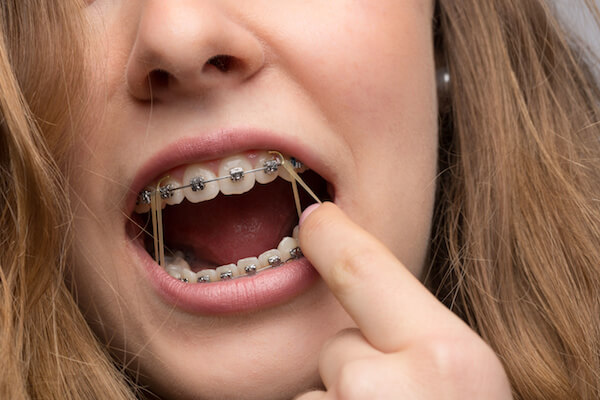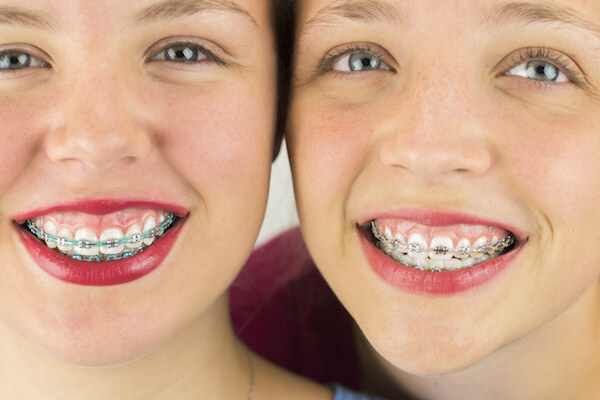Everything You Should Know About Expanders

Seeking orthodontic treatment for your child at an early age has one major benefit – expanders can be used to easily correct crossbites, overcrowding of the teeth, and shifting teeth.
Expanders, which are a specific type of orthodontic appliance, can play a huge role in helping to improve your child’s smile and oral health. Since expanders are commonly used in childhood and teen orthodontics, parents are encouraged to learn as much as possible about them.
To help parents get the information they need about the possible orthodontic treatment that may be recommended for their child, Valderrama Orthodontics has created a comprehensive guide that discusses what expanders are, why they are needed, and what to expect when your child has one.
What is an Expander?
A palatal expander, or jaw expander as it is called, is an orthodontic device that works over a period of time to slowly make room in the mouth to allow teeth to grow in properly. An expander can be used to expand the natural arch of the teeth, shift the teeth’s position, fix overcrowding of the teeth, or correct a crossbite.
While the general function of an expander is the same whether it is placed on the upper or lower jaw, there is a difference in how they work. An expander that is placed in the upper jaw works to shift and stretch the cartilage and bone of the palate. This shifting and stretching expands the arch of the mouth which gives orthodontist room to correct overcrowding and crossbites.
The lower jaw expander works differently. Instead of being focused on shifting and moving the bones and cartilage, it focuses on only moving the teeth. The ultimate goal is to shift teeth so they are standing straighter and aren’t tipping inwards or shifting on top of each other.
What Does an Expander Look Like?
An expander looks like a metallic bulky device. It is made out of metal. The metal is attached to the molars in the back of the mouth with a pair of circular rings. Screws are attached to the metal rings. In the middle of the device is a small metallic lock. Over the course of your treatment, you will take a small key, put it into the lock, and turn it. This activates the springs and pushes a subtle amount of force onto the bones and cartilage. The force is what is needed to expand jaw and move the teeth.
Who is a Good Candidate for the Use of Expanders?
Teens between the ages of 12 and 16 are often the best candidate for the use of expanders during orthodontic treatment. Teens are good candidates because their bones and cartilage have not fully formed. This allows the expander to easily shift and move the bones and cartilage as it goes with the natural growth of a teen’s body.
Expanders are not usually used with adult patients. Usually, an orthodontist will try other expansion methods such as tooth extraction or surgery to expand an adult patient’s arch or correct a crossbite. However, some adult orthodontic patients have had success with expanders.
What to Expect When Wearing an Expander
If your orthodontist recommends an expander, you should prepare to experience the following things:
- Subtle changes in your speech. The expander is bulkier and it may take several weeks to get used to talking with it in your mouth.
- Pain and slight discomfort will be felt for the first few days after the expander has been placed in the mouth
- Eat soft foods, such as pudding or yogurt, for the first few days
- Avoid super sticky or jelly-like foods as they can get stuck in the screws of the expander
- Pain may occur behind the nose, in the temples, or around the eyes after the daily activation of the expansion screws. The pain usually goes away after a few minutes.
- Extra saliva may be created in the first few weeks after the installation of the expander
- Keep to the schedule your orthodontist created. The schedule will outline how often you need to activate the expansion screws and how many times you will need to turn the key.
If you have any questions about expanders or want to see if you or your child may need it as part of your orthodontic treatment, contact Valderrama Orthodontics to schedule a consultation. Our orthodontist will be able to answer any questions you may have or talk about a treatment plan, that may or may not include expanders, that will get you the smile you have always wanted.










Let's Get Social